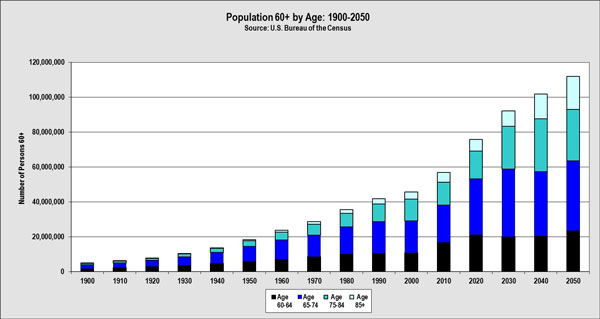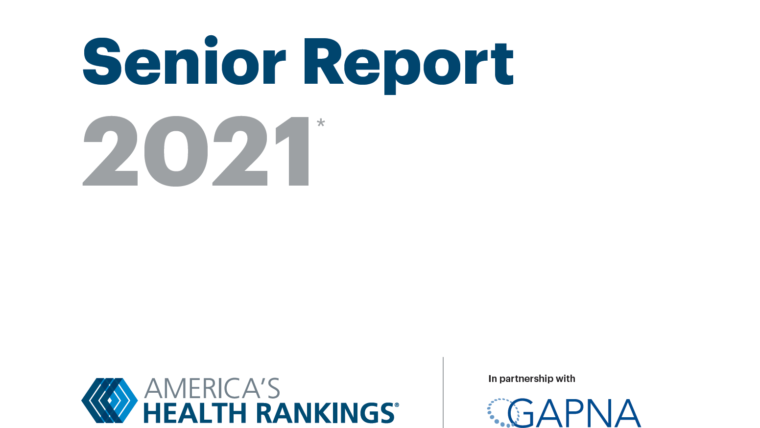Submitted by Cassie Deacon, MSW Candidate, San Diego State University.
Recent census data shows a trend towards not only aging, but aging in poverty. As a Masters of Social Work student at San Diego State University, I am dedicated to working with older populations and aging. I’m a participant in the Geriatric Workforce Enhancement Program, a stipend designed to cultivate young professionals to tackle the issues, policies and trends surrounding older adult populations. As such, I have been integrated into the fabric of San Diego County’s efforts to address these concerns and to bring these often-overshadowed conversations to light.
Over the past three years I have been professionally involved with in-home care, as well as hospice and Alzheimer’s and Dementia care, both of which have led me to find my passion in working with adult populations to ensure proper care. Across the United States and professional fields one clear trend that arose was the lack of accessible resources for individuals, families, communities and professionals for aging and independent services for all aspects of life: financial, health, policy, housing and mental health. This is a crucial social justice issue and thus is important to me and to agencies such as the Social Policy Institute, home of the In Home Supportive Services Training Academy (IHSSTA). The Social Policy Institute is one of many who bring together community professionals who are working diligently to ensure that respect, dignity and resources are available for our aging adult population here in the United States. But why is this topic important?
Currently in the United States, one in every seven individuals, or 14.5% of the population, is an older adult totaling over 64.8 million individuals in 2014. The number of individuals in the US who will be 60 and older by 2050 will be a staggering 439,010, 253 as illustrated in the table below obtained from the U.S Census Bureau:
Chart of Population 60 and over by age: 1900 to 2050

This chart shows the large increase in the population 60 and older from 4.9 million people in 1900 to 45.8 million in 2000and projected to 92.2 million in 2030 and 112 million in 2050.
Sources:
Projections for 2010 through 2050 are from: Table 12. Projections of the Population by Age
and Sex for the United States: 2010 to 2050 (NP2008-T12), Population Division, U.S. Census Bureau; Release Date: August 14, 2008
The source of the data for 1900 to 2000 is Table 5. Population by Age and Sex for the United States: 1900 to 2000, Part A. Number, Hobbs, Frank and Nicole Stoops, U.S. Census Bureau, Census 2000 Special Reports, Series CENSR-4, Demographic Trends in the 20th Century. This table was compiled by the U.S. Administration on Aging using the Census data noted.
With this unprecedented influx and limited policies, resources and systems our older adult populations are vulnerable, unnecessarily so. In the last decade, poverty rates for older adults has skyrocketed topping around 4.5 million individuals (10%) and the latest data suggests that Social Security constitutes 90% or more of the income received by over 35% of beneficiaries. But within states such as California, often the Social Security disbursement isn’t enough to cover basic housing and living needs for both individuals and couples. The social systems and government agencies are becoming stretched thin and our services, policies and health care systems are not equipped to handle the influx of specific needs of our older populations to ensure individuals do not fall through the cracks. The Social Policy Institute’s IHSSTA trains social workers throughout the state who support elderly, blind, and disabled adults, many of whom live in poverty.
Through this space in the weeks to come I will be exploring aging in our society, conceptualizing concerns, topics of interest, progressive policies and exemplary agencies leading the field insuring the dignity and respect of America’s older adult population. I look forward to digging into the concerns of individuals, families and community agencies and begin breaking down the misconceptions surrounding aging in America.
Sources:
Administration on Aging (AoA). (n.d.). Retrieved December 13, 2016, from https://aoa.acl.gov/Aging_Statistics/index.aspx



